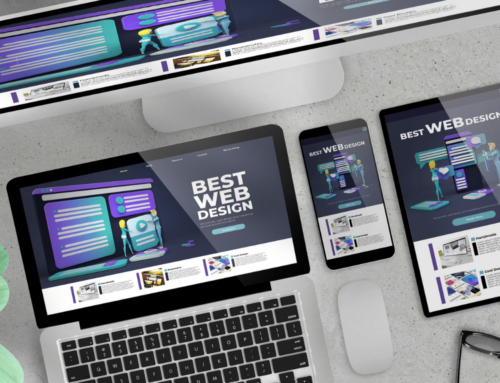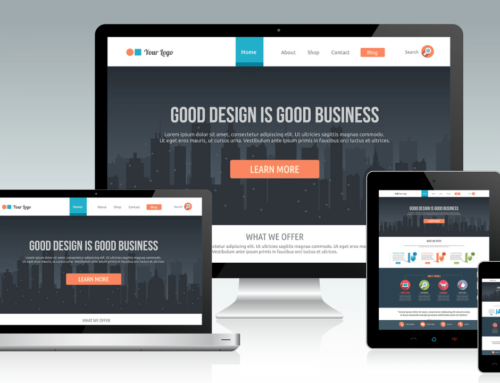
In today’s digital age, a well-designed website is more than just a digital storefront; it’s a powerful tool that can significantly influence user experience and, ultimately, conversion rates. The way your website is designed plays a crucial role in shaping visitors’ perceptions, guiding their interactions, and encouraging them to take desired actions. In this blog, we’ll delve into the profound impact of web design on user experience and conversions.
Creating the Right First Impression
First impressions matter, and your website’s design is often the first thing visitors notice. A clean, visually appealing, and professional design can instill trust and credibility. Conversely, a cluttered or outdated design can drive potential customers away.
Think of your website as your virtual storefront. Just as you’d maintain a physical store to make it inviting and appealing, your website should be designed to draw users in. A well-structured and aesthetically pleasing layout sets a positive tone, making visitors more likely to explore further.
Enhancing User Navigation
Effective web design isn’t just about aesthetics; it’s about creating a seamless user journey. Navigation menus, user-friendly interfaces, and clear call-to-action buttons are elements that guide visitors through your site effortlessly. When users can easily find what they’re looking for, they’re more likely to stay engaged and convert.
Optimizing for Mobile Devices
With the prevalence of smartphones, ensuring that your website is mobile-responsive is essential. Mobile optimization is a significant factor in user experience because it allows your site to adapt to various screen sizes and devices. When users can access your site smoothly on their smartphones and tablets, they’re more likely to engage with your content and complete desired actions.
Content Readability and Accessibility
Web design also impacts the readability and accessibility of your content. Clear typography, legible fonts, and proper spacing make it easier for users to consume information. Additionally, ensuring your website is accessible to people with disabilities not only broadens your audience but also reflects positively on your brand.
Speed and Performance
A slow-loading website can be frustrating for users and lead to high bounce rates. Web design includes optimizing images, reducing unnecessary elements, and employing efficient coding practices to enhance page load times. A faster website contributes to a smoother user experience and encourages users to stay and explore.
Building Trust with Consistency
Consistency in design elements such as color schemes, fonts, and branding creates a sense of trust and familiarity. When users see a consistent design across your website, they’re more likely to perceive your brand as reliable and professional.
Conversion-Optimized Design
Ultimately, the goal of your website is to convert visitors into customers, subscribers, or leads. A conversion-optimized design strategically places call-to-action buttons, forms, and other elements to encourage desired actions. It’s about guiding users through a logical journey that aligns with your goals.
In conclusion, web design is not merely about aesthetics but is a fundamental driver of user experience and conversions. A well-designed website sets the stage for positive first impressions, seamless navigation, mobile accessibility, readable content, speed, consistency, and effective conversion strategies. By investing in web design, you’re investing in the success of your online presence and the satisfaction of your visitors, which can lead to higher conversion rates and a more successful digital presence.
Unlock the potential of web design! Contact Stratedia to enhance user experience and boost conversions for your online presence.











